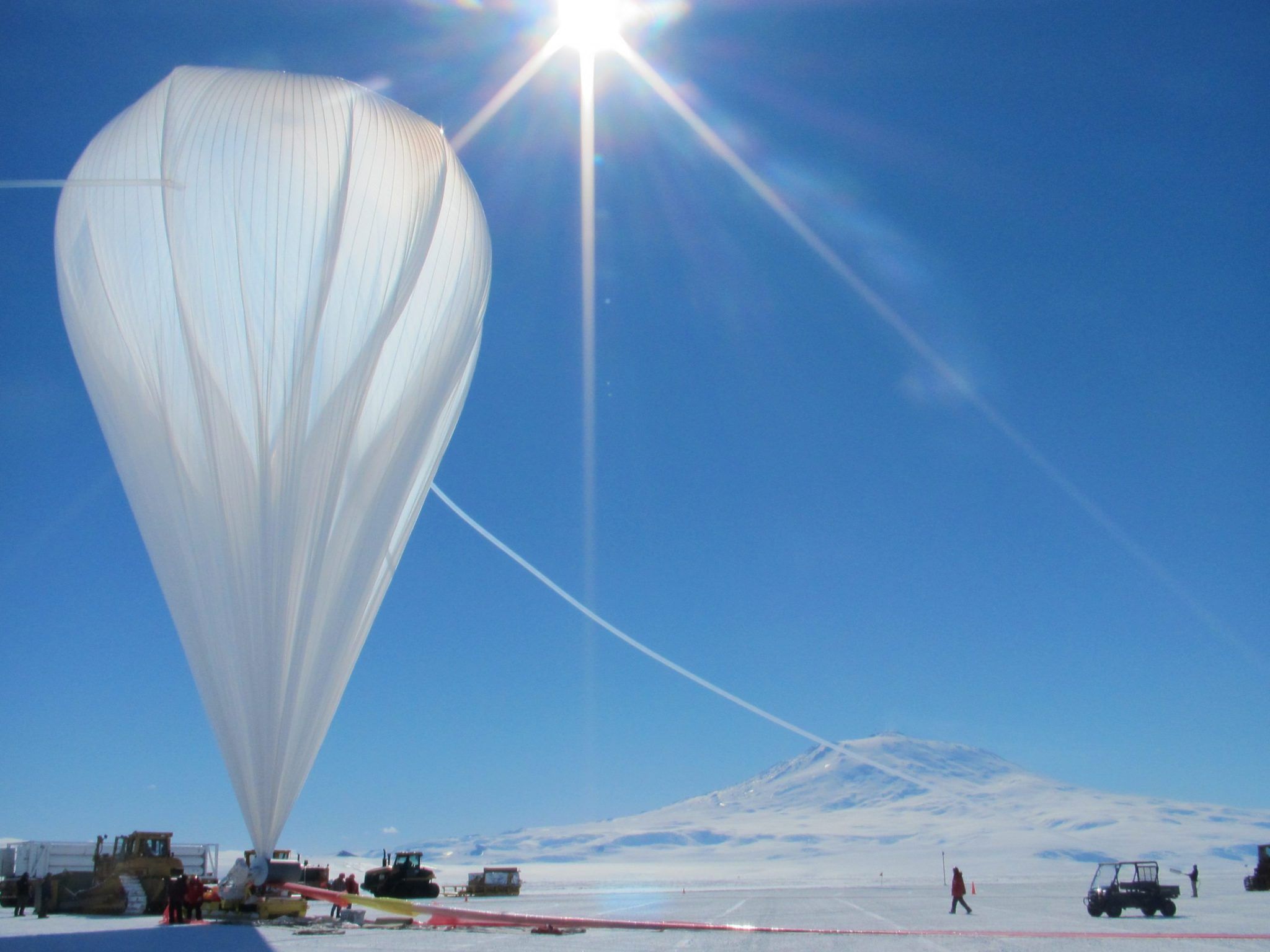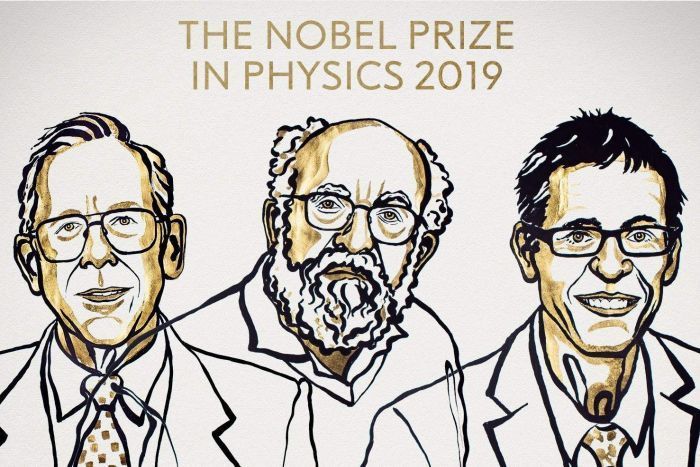NASA Scientists Detect Evidence of a Parallel Universe Where Time Runs Backward
Article by Yaron Steinbuch May 19, 2020 (nypost.com)
• NASA scientists use a giant balloon to carry long antenna, called the ‘Antarctic Impulsive Transient Antenna’ or ANITA, to measure the constant “wind” of high-energy particles coming from space. They conduct these experiments high above Antarctica, where the frigid, dry air provides the perfect environment with little to no radio noise to distort its findings.
• Low-energy, subatomic neutrinos have a mass close to zero, and can pass completely through Earth. Higher-energy objects, however, are stopped by the solid matter of our planet. But ANITA has detected these heavier, ‘high-energy’ particles coming up out of the Earth.
• Principal ANITA investigator Peter Gorham, a physicist at the University of Hawaii, is the lead author of a Cornell University paper describing the odd phenomenon. He and his fellow researchers have detected several of these “impossible events”. Gorham’s research paper offers that the only way these heavy, high-energy particles could arise from the Earth is if the rules of physics were the opposite of our own. This implies that these particles are actually traveling backward in time.
• The research paper suggests that at the moment of the ‘Big Bang’, 13.8 billion years ago, two universes were formed. This means that there is a parallel universe to our own where time is running backwards. Of course, to the inhabitants of the parallel Earth, we are the ones whose time is running backwards.
• The concept of a parallel universe has been around since the early 1960s, mostly in the minds of fans of sci-fi TV shows and comics.
• [Editor’s Note] Now the scientific community is walking back the claim of a parallel universe. In a subsequent statement, ANITA investigator Peter Gorham said, “This whole parallel universe thing was not invented by us but somehow we have gotten tagged with it. A journalist got it wrong, tied it to us and it has unfortunately snowballed. We actually had nothing to do with the development of the parallel universe idea.” The particles travelling in reverse “are more likely to be explained in terms of physics, that is likely to be much less exotic.” (see inverse.com article here)
Penn State University astrophysics professor Derek Fox says that the existence of particles coming from the Earth only shows that the 50-year old ‘Standard Model’ of particle physics needs an update. Fox says that “From my perspective as an observer, it’s a dark matter decay scenario.” The anomalous neutrinos detected may have been particles of dark matter that scientists have been looking for since the 1930’s. According to Fox, heavy dark matter particles can accumulate in the core of the Earth and when they decay, they can produce highly energetic particles that sort of erupt from the Earth, producing these up-going cosmic ray showers that were detected by ANITA.
In a scenario straight out of “The Twilight Zone,” a group of NASA scientists working on an experiment in Antarctica have detected evidence of a parallel universe — where the rules of physics are the opposite of our own, according to a report.
The concept of a parallel universe has been around since the early 1960s, mostly in the minds of fans of sci-fi TV shows and comics, but now a cosmic ray detection experiment has found particles that could be from a parallel realm that also was born in the Big Bang, the Daily Star reported.
The experts used a giant balloon to carry NASA’s Antarctic Impulsive Transient Antenna, or ANITA, high above Antarctica, where the frigid, dry air provided the perfect environment with little to no radio noise to distort its findings.
A constant “wind” of high-energy particles constantly arrives on Earth from outer space.
Low-energy, subatomic neutrinos with a mass close to zero can pass completely through Earth, but higher-energy objects are stopped by the solid matter of our planet, according to the report.
FAIR USE NOTICE: This page contains copyrighted material the use of which has not been specifically authorized by the copyright owner. ExoNews.org distributes this material for the purpose of news reporting, educational research, comment and criticism, constituting Fair Use under 17 U.S.C § 107. Please contact the Editor at ExoNews with any copyright issue.






